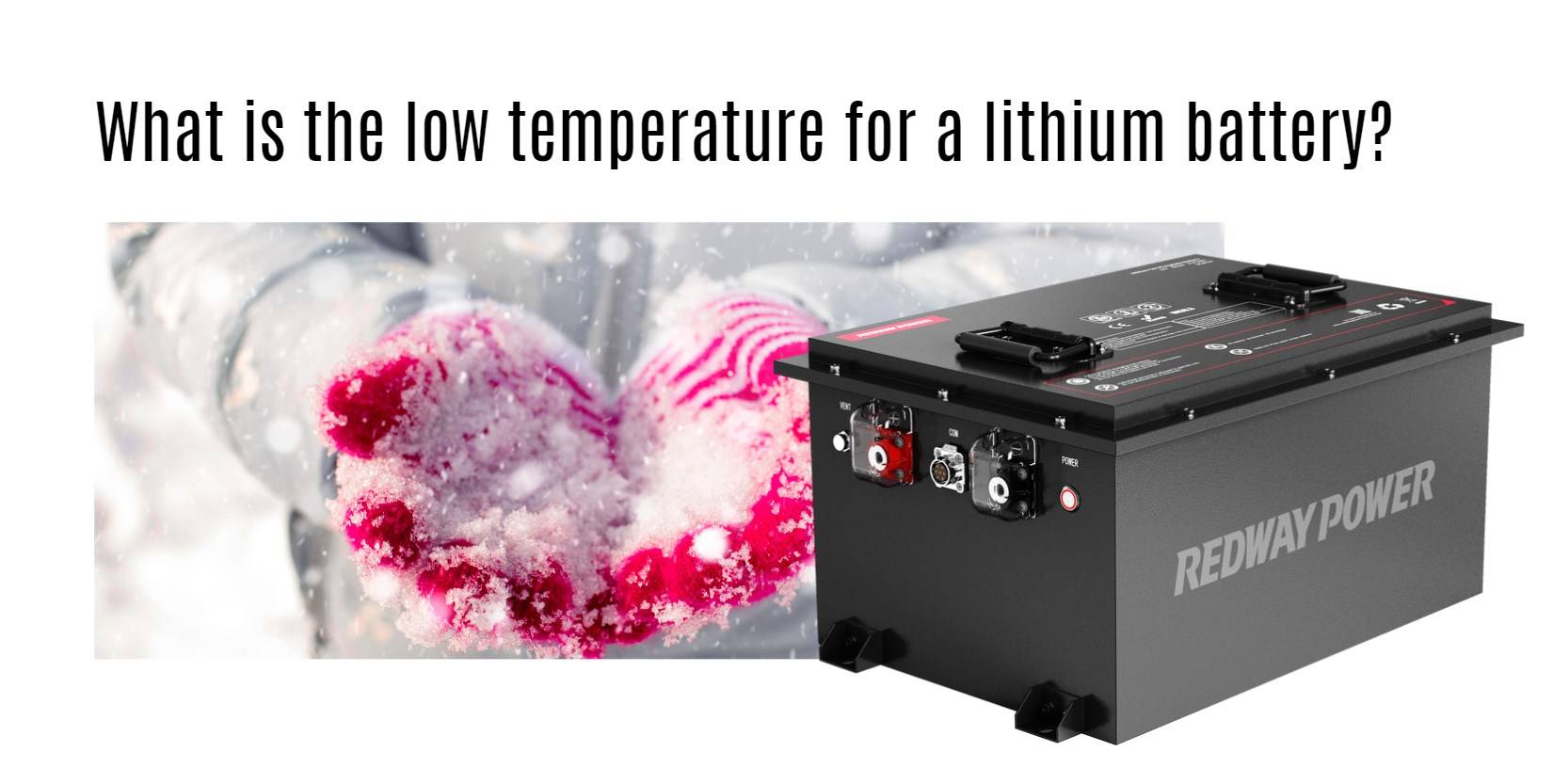Batteries, as chemical substances, exhibit reduced activity in low-temperature environments, leading to decreased performance. This phenomenon affects various types of batteries, including LiFePO4 lithium batteries. Historically, even devices like iPhones would unexpectedly shut down in cold environments. While LiFePO4 batteries have gained traction due to their high-temperature tolerance, their performance at low temperatures has historically been less satisfactory.
The Effects of Low Temperature on LiFePO4 and Lead-Acid Batteries
Influence on Lithium Batteries
Temperature significantly influences the charge and discharge performance of lithium batteries. The electrochemical reactions at the electrode/electrolyte interface are temperature-dependent. At low temperatures, several factors contribute to diminished battery performance:
- Increased Electrolyte Viscosity: As temperature drops, the viscosity of the lithium battery electrolyte increases, reducing its conductivity. This leads to a decrease in the activity of the active materials.
- Slower Lithium Ion Diffusion: Lower temperatures slow down the diffusion rate of lithium ions in the carbon anode, making lithium precipitation more likely. This can lead to the formation of lithium dendrites, which compromise battery safety.
- Increased Electrical Polarization: The reduced activity and slower reaction rates increase the electrical polarization, causing premature termination of charging.
- Reduced Capacity: Lithium iron phosphate (LiFePO4) cathodes have poor electronic conductivity at low temperatures, increasing polarization and reducing capacity. Additionally, the lithium embedding speed in graphite anodes decreases, which can result in lithium plating on the anode surface.
Influence on Lead-Acid Batteries
Lead-acid batteries also experience significant performance degradation at low temperatures. The capacity of lead-acid batteries decreases as the temperature drops due to the following reasons:
- Increased Electrolyte Viscosity: Lower temperatures increase the viscosity of the electrolyte, impeding ion movement and reducing diffusion rates.
- Increased Internal Resistance: The internal resistance of the battery rises, and the resistance of electrochemical reactions increases, leading to decreased capacity.
- Efficiency Reduction: At temperatures below 32°F, lead-acid batteries provide only 70-80% of their rated capacity. In contrast, lithium-ion batteries retain 95-98% of their capacity at the same temperature.
Comparing Performance: Lead-Acid vs. LiFePO4 Lithium Batteries
Cold Temperature Performance
LiFePO4 lithium batteries outperform lead-acid batteries in cold environments. Key differences include:
- Capacity Retention: LiFePO4 batteries maintain 95-98% of their capacity at 32°F, compared to 70-80% for lead-acid batteries.
- Self-Heating Effect: Lithium batteries warm up during use in cold weather, reducing resistance and increasing voltage. This self-heating effect enhances performance in cold conditions.
- Charging Efficiency: LiFePO4 batteries have a broader operating temperature range for charging. However, at temperatures below 32°F, the charge current should be reduced to 0.1C, and below 14°F, to 0.05C to prevent irreversible damage.
Charging Considerations
Charging lithium batteries in cold temperatures requires careful management. For instance, when charging LiFePO4 batteries below 32°F, a reduced charge current is necessary. Keheng has addressed this issue by developing the LH Series of low-temperature LiFePO4 batteries, which can safely charge at temperatures as low as -30°C (-22°F) using a standard charger.
Innovations in Low-Temperature LiFePO4 Lithium Batteries
Keheng’s Low-Temperature LiFePO4 Batteries
Keheng has introduced advanced low-temperature LiFePO4 batteries, specifically designed for cold weather performance. The KH-LFP-LH-12100 12V 100Ah Deep Cycle Lithium Battery features proprietary technology that allows it to draw power from the charger itself, eliminating the need for additional components. Key features include:
- Internal Heating and Monitoring: The battery’s internal heating system activates upon plugging into a charger, ensuring safe and efficient charging in extremely cold conditions.
- Battery Management System (BMS): The intelligent BMS protects against irreparable damage by accurately controlling the battery’s parameters.
- Robust Performance: These batteries operate effectively in temperatures ranging from -22°F to 140°F, providing reliable power in diverse environments.
Features of Redway Low-Temperature LiFePO4 Batteries
- Extreme Temperature Tolerance: Operates efficiently at temperatures as low as -30°C.
- Optional LCD Display: Real-time monitoring of battery voltage and capacity.
- High Continuous Output: 100A continuous output for powering high-demand devices.
- Enhanced Safety: The intelligent BMS improves lifespan and prevents explosion or fire hazards.
- Lightweight and Durable: One-third the weight of lead-acid batteries with equivalent capacity, and a cycle life of 2000 times at 100% Depth of Discharge (DOD) or 7000 times at 50% DOD.
- Maintenance-Free: Fully sealed and waterproof design ensures minimal upkeep.
Conclusion
Keheng’s low-temperature LiFePO4 lithium batteries represent a significant advancement in battery technology, providing superior performance in cold environments compared to traditional lead-acid batteries. With enhanced safety features, high capacity retention, and a robust battery management system, these batteries are an excellent choice for applications requiring reliable power in challenging conditions.




